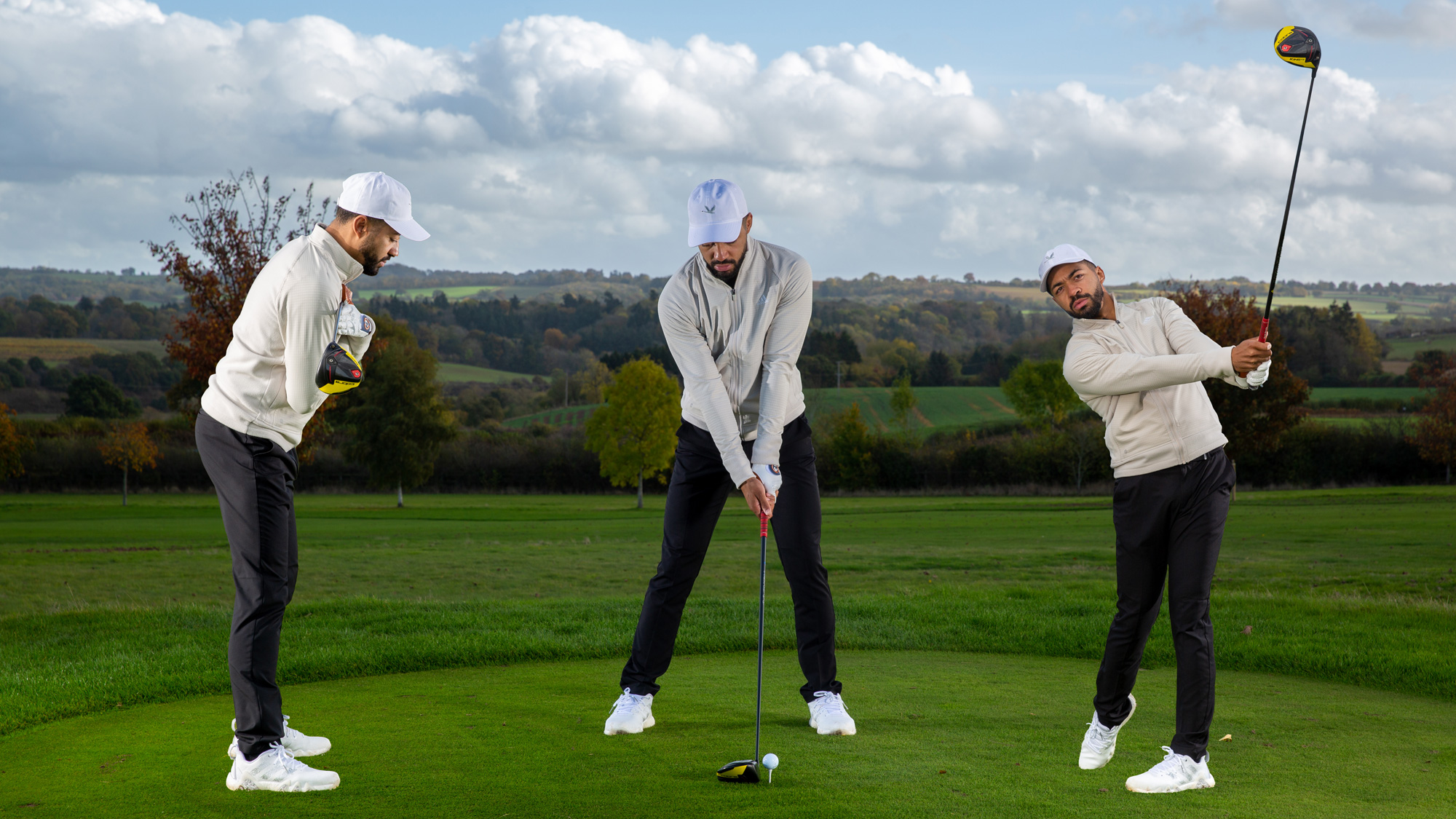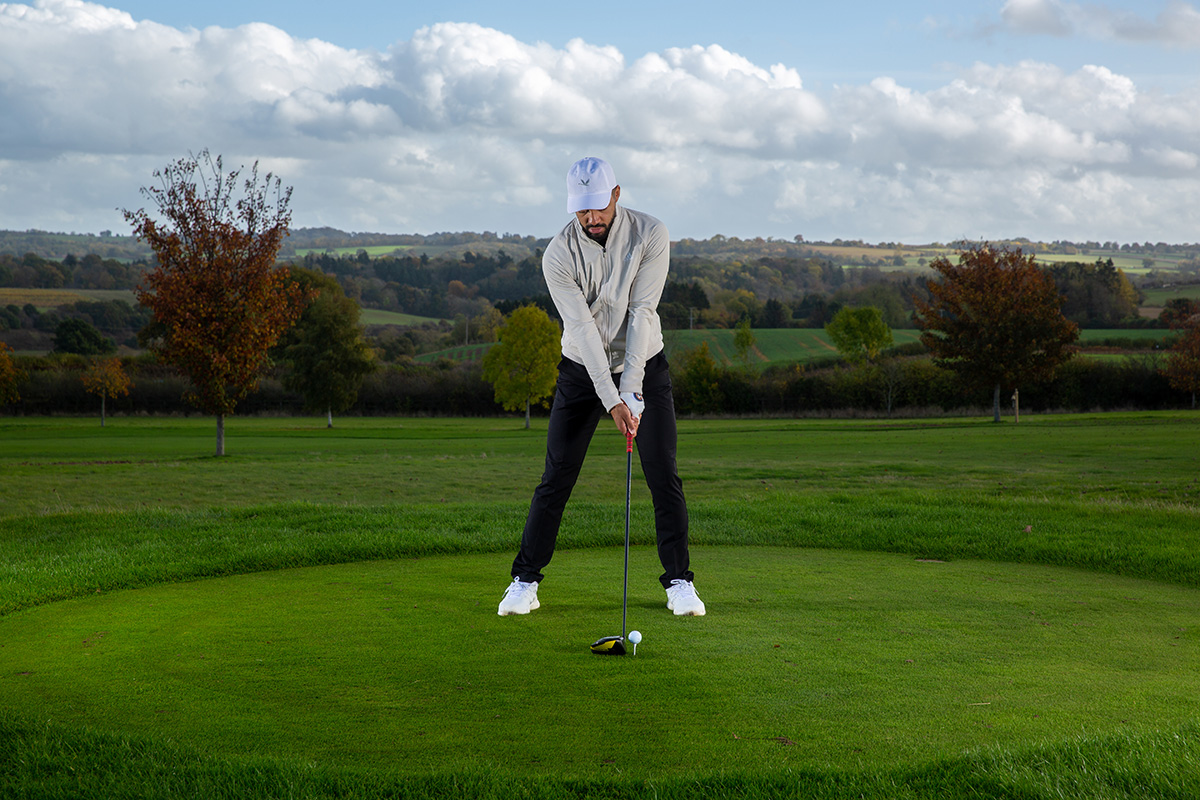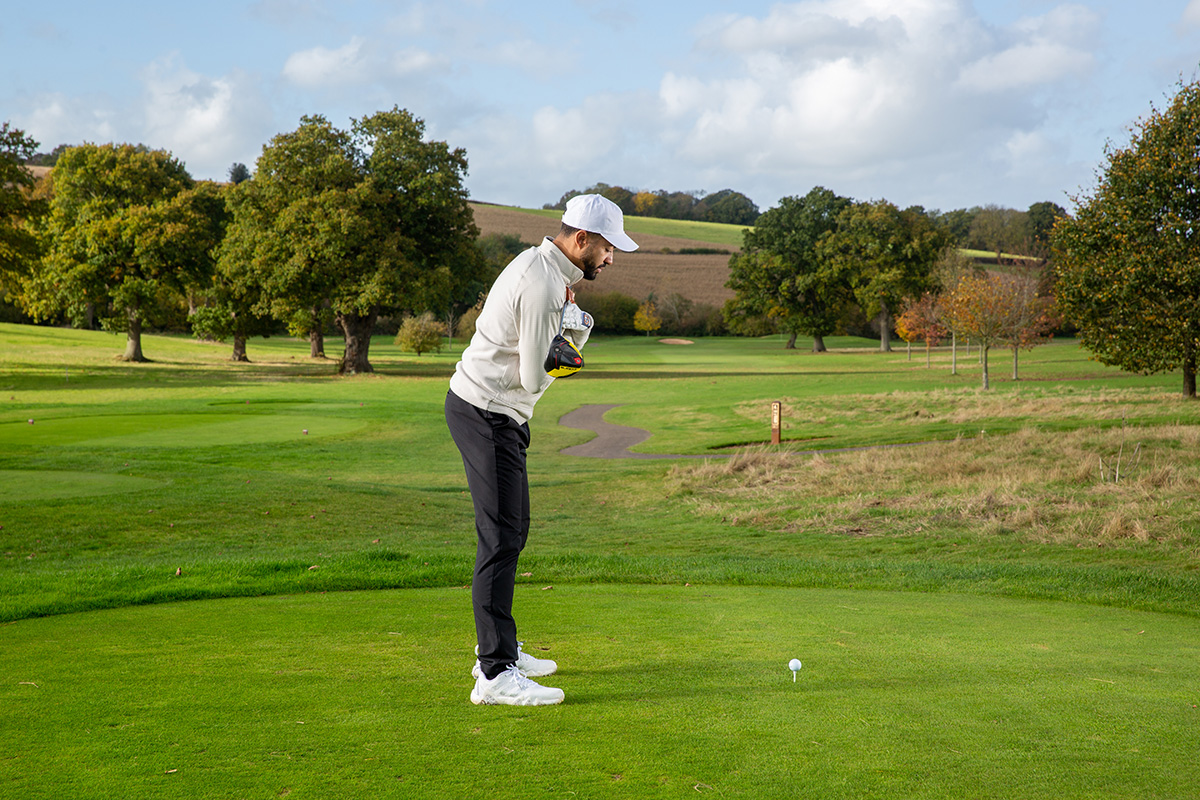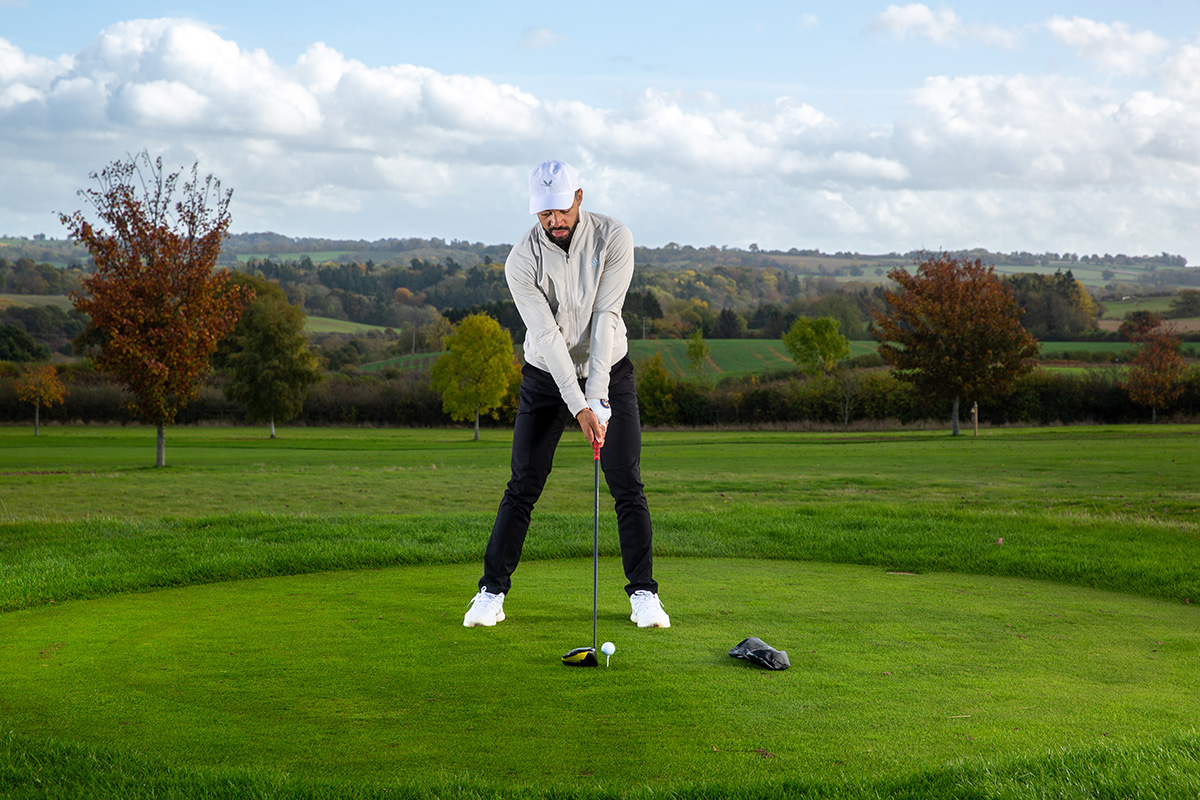
When starting out in the game, accessing the right golf tips for beginners is essential to ensure you set yourself off on the right path. Finding the best driver for beginners is a great place to start, as they provide a touch more forgiveness, but nailing the fundamentals of how to hit a driver is the only way to ensure you aren't spraying erratic tee shots all over the course.
In this video and article, PGA Pro and Sky Sports Golf Pundit Trey Niven shares his expert driver tips for beginners, helping you to start hitting better drives today!
Driver Tips For Beginners
Driver Setup
Driver Setup
Embedding the correct set-up for hitting a driver is vital, so let’s look at the driver address position first. To ensure an upward attack angle, you need to move the ball position forward in your stance. This means it’s closer to the target than it would be with an iron.
To do this, start with your feet close together and the ball in line with your left heel. Then, take a very small step with your left foot and a bigger step with your right foot to achieve the perfect ball position. Your stance should be slightly wider than the distance between your shoulders, which will give you a stable platform from which to swing.

As you move the ball forward and you address the ball, your shoulders should naturally tilt with your right shoulder lower than your left. A word of caution here: when you move the ball forward in your stance, the shoulders will want to point a little left. To counteract this, gently sit the right shoulder back a little so they are pointing towards your target.

Driver Backswing
A really simple way to think about loading the driver backswing is to feel like your chest is turning towards your right foot as you rotate your hips. As I am demonstrating in the image below, lots of new golfers will take the club back but lean their weight forward, which is going to encourage a downward strike and result in a loss of distance and control.

Driver Downswing and Impact Position
The downswing is the vehicle for transferring all that stored power that you worked hard for in the backswing and releasing it through the ball when we reach the impact position. We could get really technical here, but instead why not just keep it simple.
Working on your attack angle will help to add those all important extra yards to your drive. To improve your attack angle in the downswing, try this simple drill.
Take a headcover, or a glove, and place it about a foot past the ball on the target line. The idea is to clip the ball away without hitting the headcover. If you get it wrong and hit down on the ball, you will collect the headcover as you swing through to the finish.

This drill is great as it gives you immediate feedback. So, next time you’re heading to the range, try it out. You will be crushing the driver straight down the middle of the fairway before you know it.
Frequently Asked Question
Q: How is the swing with a driver different to the swing with an iron?
A: There are some differences when comparing the driver swing vs an iron swing. When hitting an iron the ball is on the ground, meaning we need to hit down in order to make crisp contact.
However, the driver has a lot less loft and is on a big tee, so the opposite applies. In order to create the optimal driver launch angle for maximum carry, we want to hit up on the ball more.







